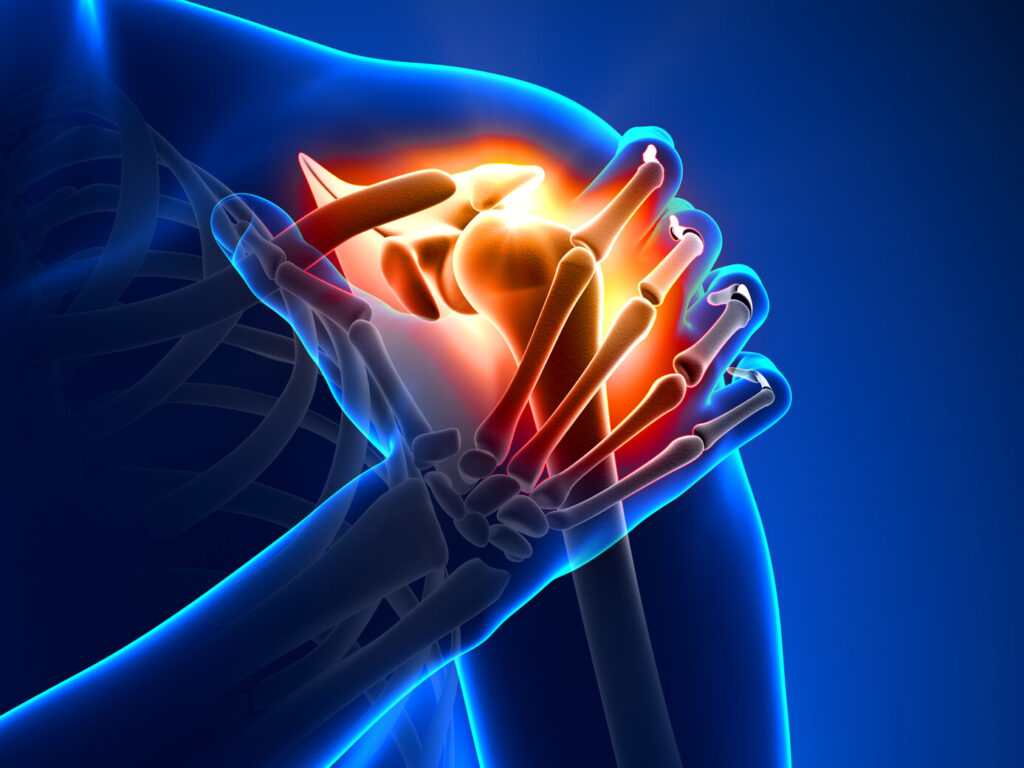Temporomandibular Joint Disorder
Do you experience pain when you chew or open your mouth? Does your jaw click or frequently make loud noises?
Does your jaw get stuck or locked as you open it? Do you have pain or soreness in the front of your ear?
If you answered “yes” to some of these questions, you may have a temporomandibular joint problem, which is thought to occur in 50 to 70% of the general population (1).
The Temporomandibular joint or TMJ is the anatomical name given to the area, where the mandible bone (which forms your lower jaw) meets the skull (at the temporal bone) just in front of your ear. There are a number of muscles, ligaments and other soft tissues, which attach to and surround the joint and are involved in everyday activities such as chewing, talking and breathing.
The TMJ is a complex joint that undergoes thousands of movements every day, Over time poor movement patterns can develop, leading to dysfunction and pain within the TMJ, this is known as Temporomandibular Disorder (TMD).
Temporomandibular Disorder (TMD) is a universal term used to describe many conditions with different causes that result in pain and dysfunction of the TMJ and structures related to chewing (1,2).
Symptoms of TMD may include:
- Pain or tenderness of the jaw
- Presence of clicking, popping or grinding
- Limited jaw movements
- Facial pain especially around the side of the jaw or in front of your ear
- Ear pain, ringing in the ear
- Dizziness
- Difficulty in chewing
- Locking of the jaw
- Neck pain
- Headache
Common causes include:
- Poor dental alignment
- Increased Jaw muscle tension/spasm due to clenching teeth, overuse, or trauma
- Altered posture of the upper back, neck and head
- Neck problems such as at the next joint stiffness
- Incorrect pillows for sleeping/poor head/neck alignment during sleep
- Emotional stress leading to jaw-clenching
- Trauma to the head, neck or jaw
- Extra-articular (occlusory)
- Intra-articular aspects of the TMJ where the condyle end of the mandible and its attached disc articulates with the glenoid fossa of the temporal bone
- Muscles involved with eating
- Psychological overlays (central pain mechanisms)
How can we help?
At In Good Hands Chiropractic, we understand jaw pain and our highly skilled chiropractors can assess whether your Jaw is dysfunctional, and address any other musculoskeletal pain mechanisms that may be contributing to this condition.
Our personalised treatments are aimed at improving your Jaw function and reducing any functional impairment.
We have a wide range of treatment techniques such as posture improvement advice, muscle lengthening or massage, trigger point therapy, relaxation exercises, TMJ adjustments and mobilization, TMJ movement pattern and timing correction, TMJ stabilization exercises, and take-home activities, Better health is a phone call away,
Give us a call at 0406230393 or book online at: https://ingoodhandschiropractic.cliniko.com/bookings#service
References:
1. Reneker, J. Paz J. Petrosino, C. Cook, C. Diagnostic accuracy of clinical tests and signs of Temporomandibular Joint disorders: a systematic review of the literature. J Orthop Sports Phys Ther 2011; 41(6) 408-416
2. Gopal SK, Shankar SR, Vardhan BGH. Prevalence of Temporo-mandibular Joint Disorders in Symptomatic and Asymptomatic Patients: A Cross-Sectional Study. Int J Adv Sci 2014; 1(6): 14-20.










